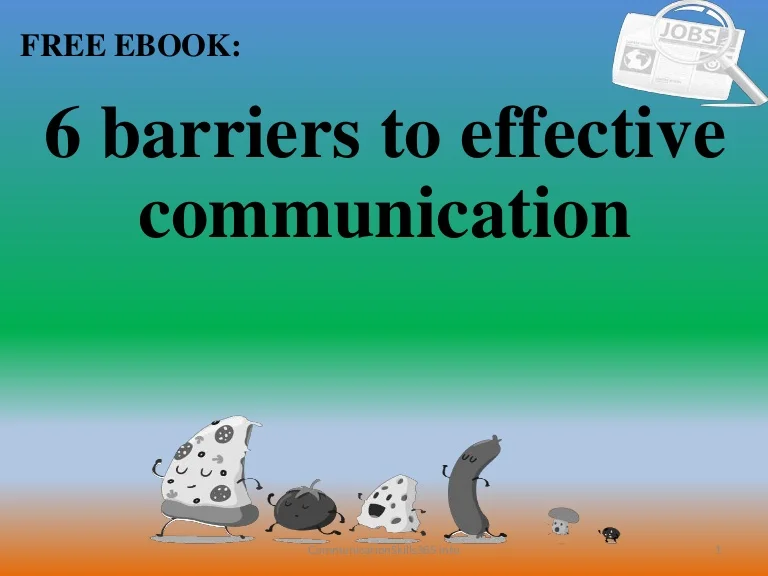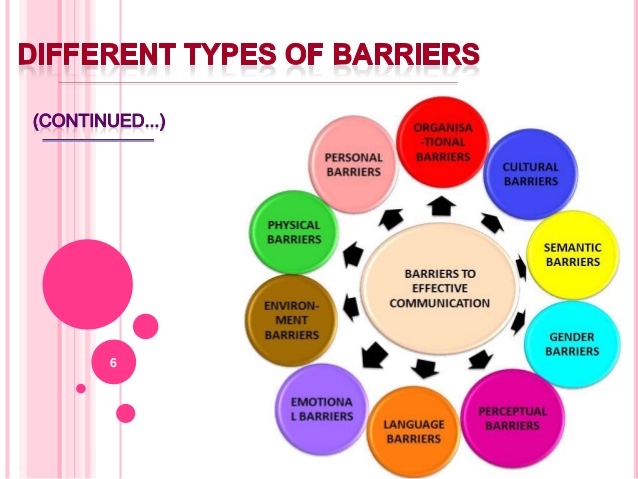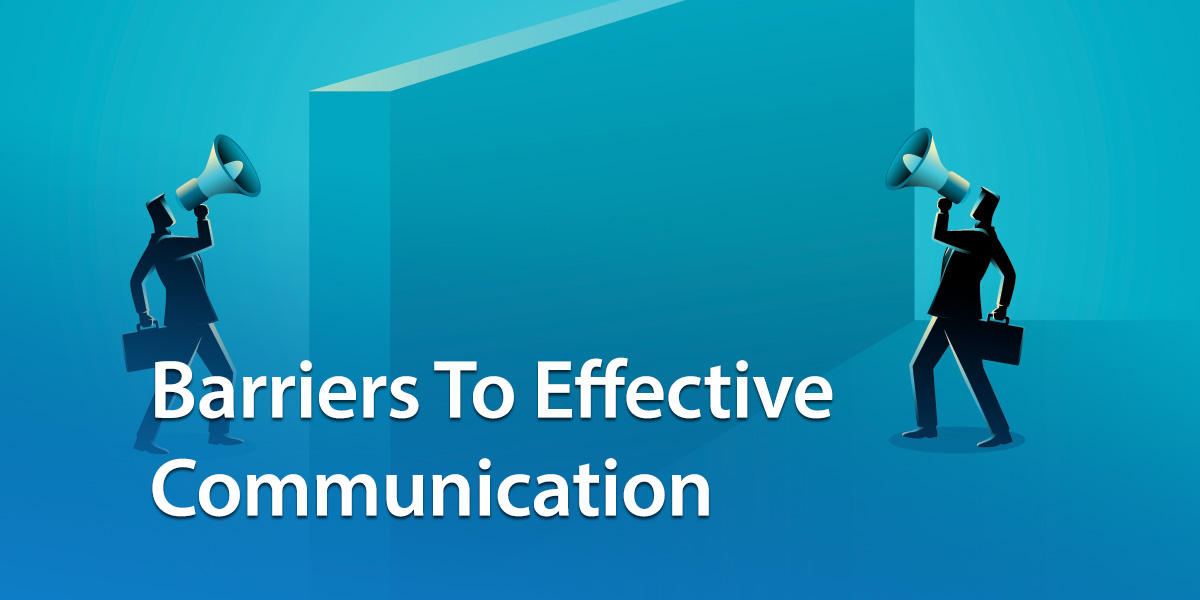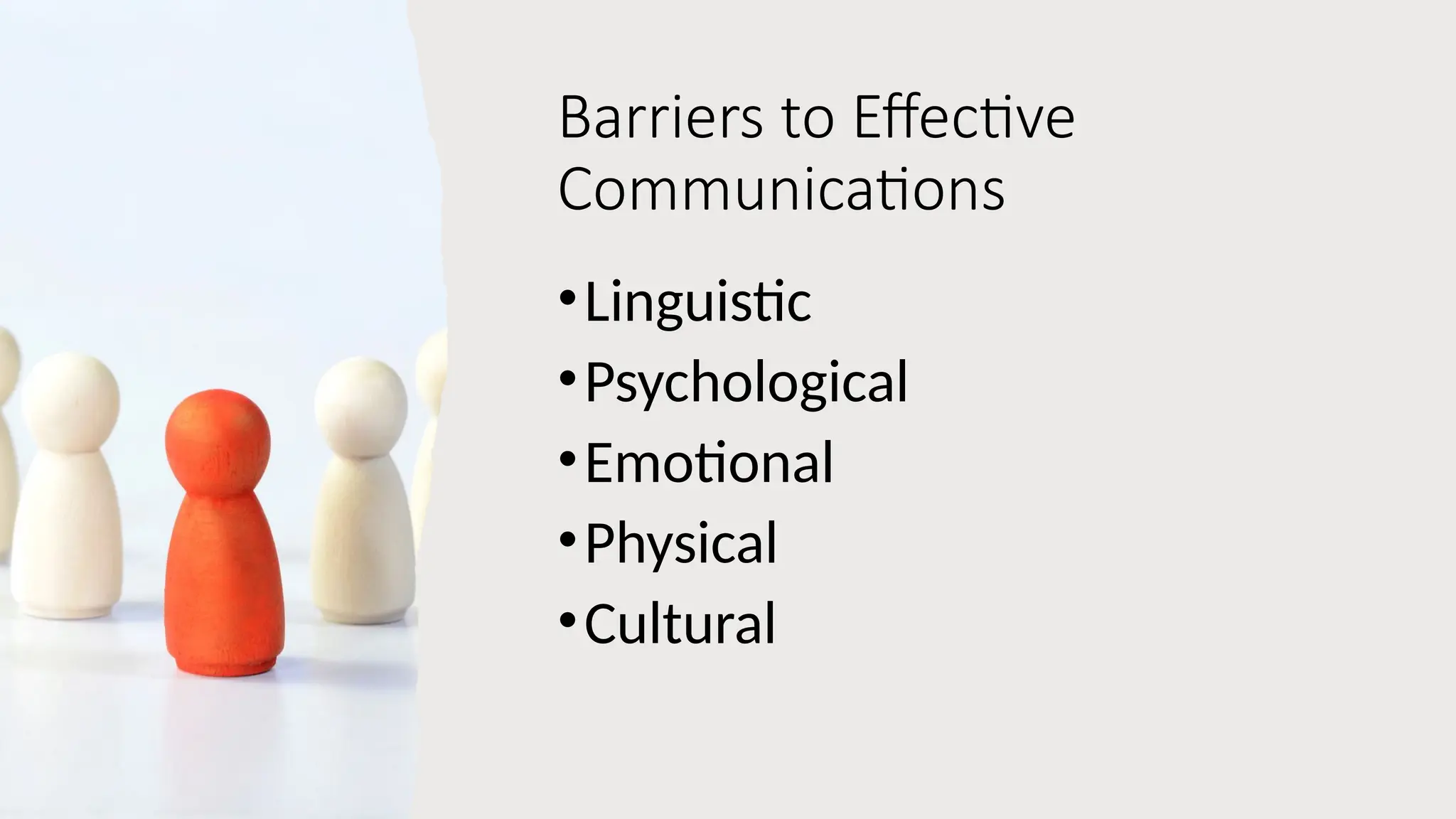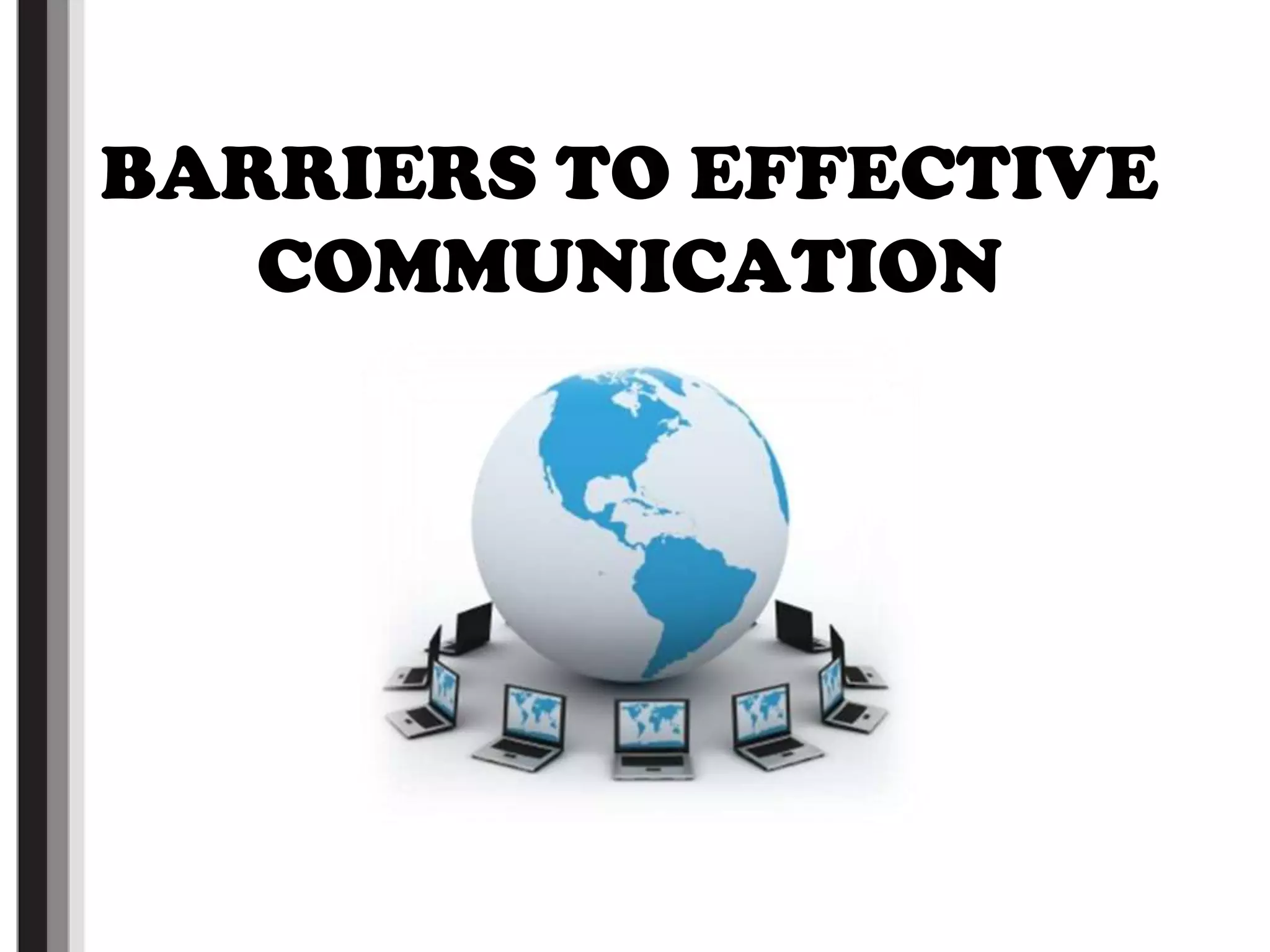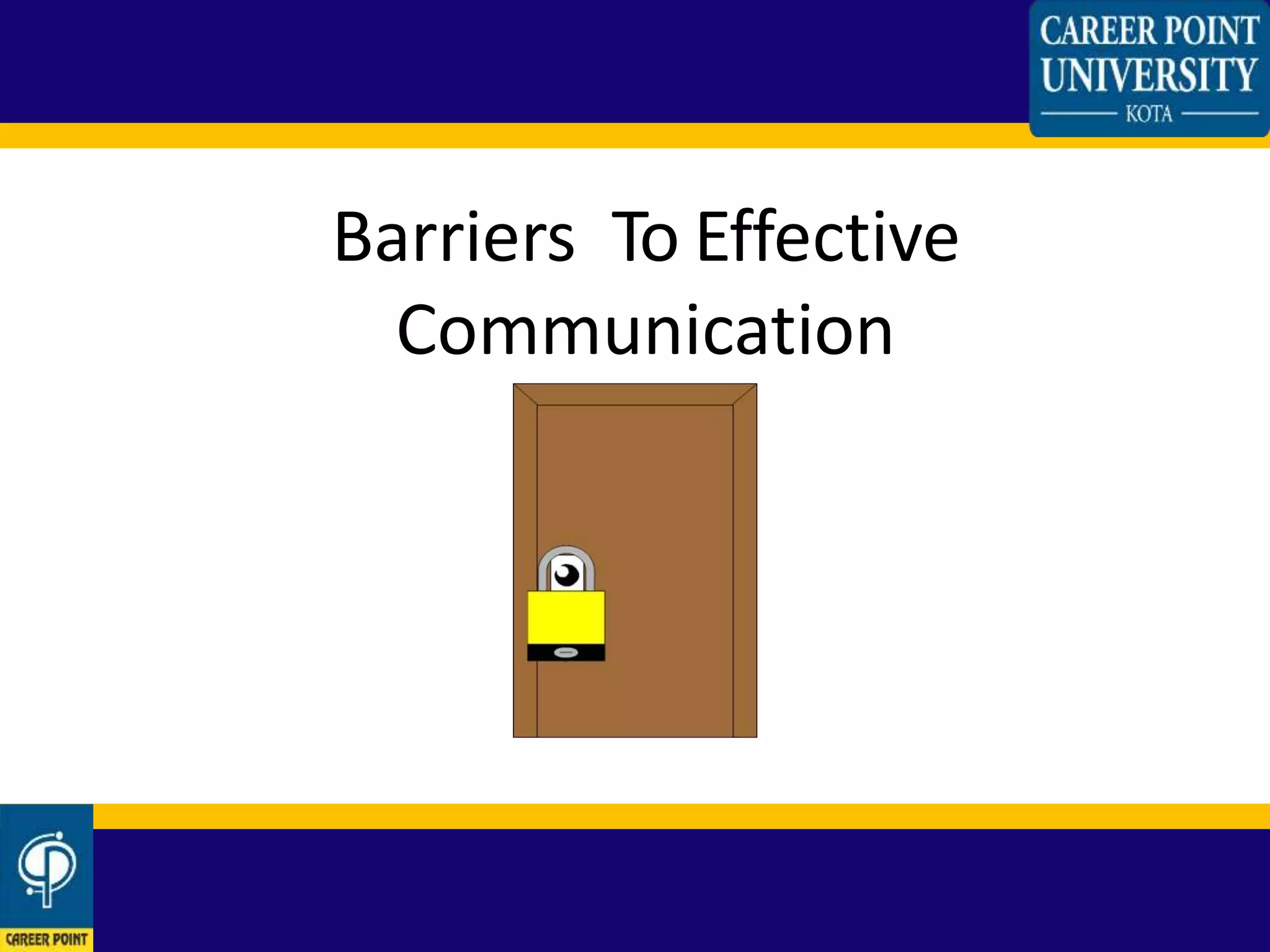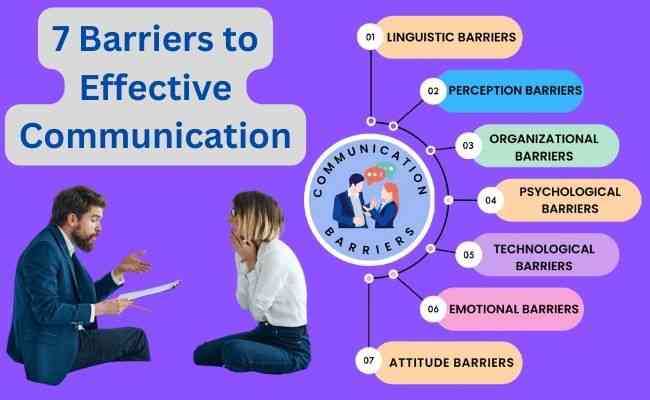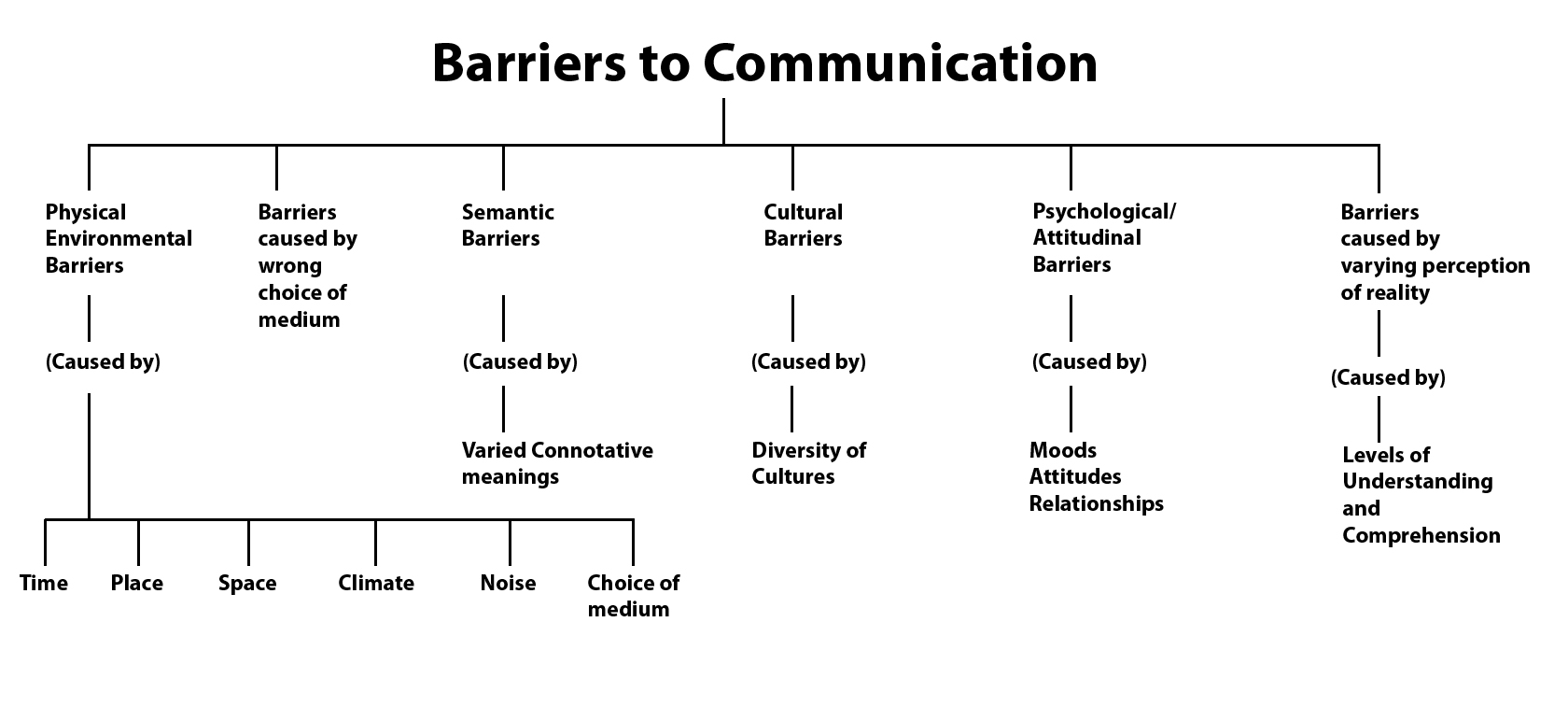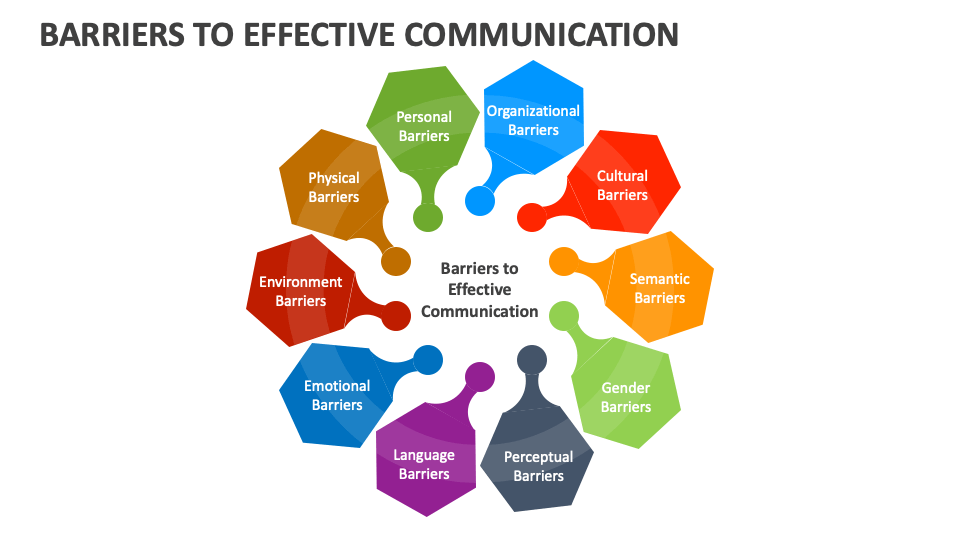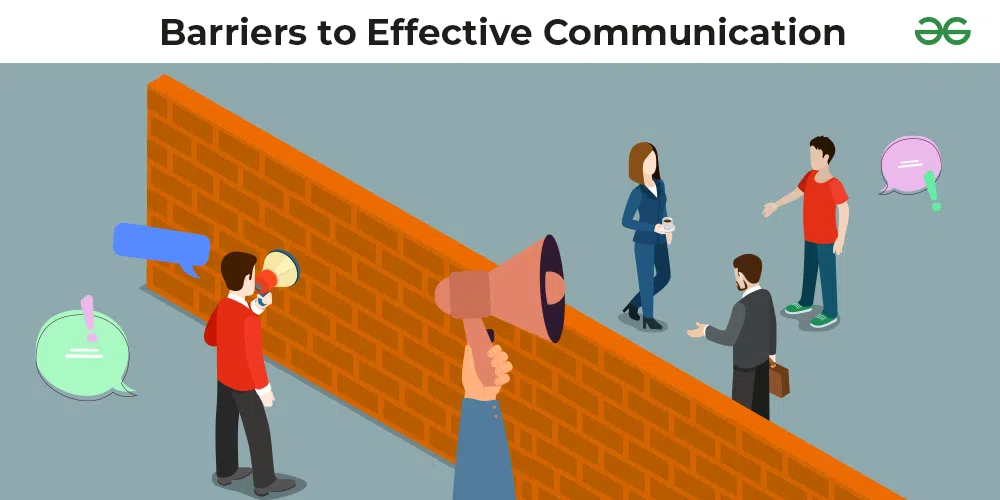6 Barriers To Effective Communication
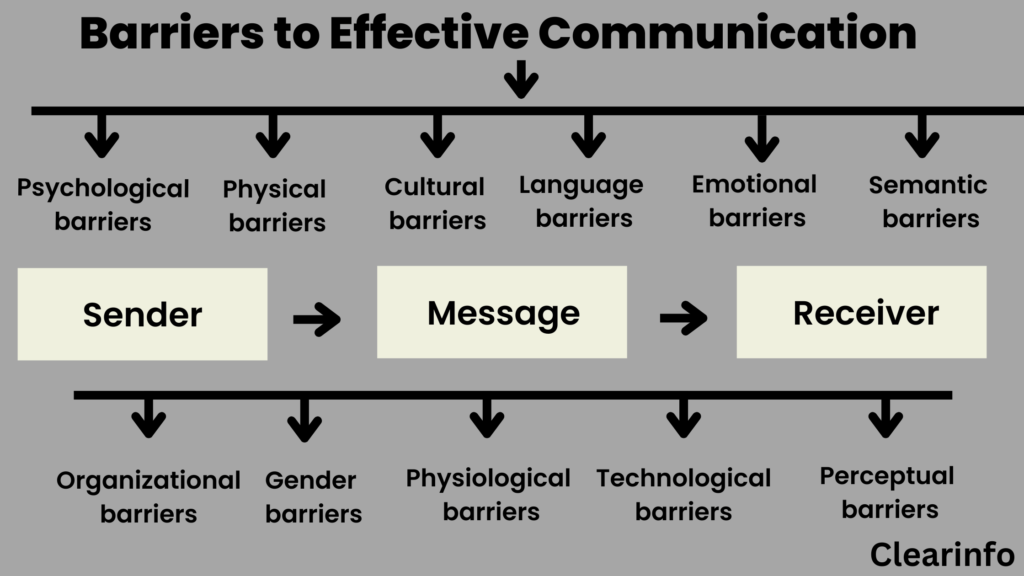
Imagine trying to explain a complex idea while a jackhammer blares outside, your phone buzzes incessantly, and your listener's eyes keep darting around the room. Frustration mounts as your message gets lost in the noise. This chaotic scene, while perhaps exaggerated, highlights the everyday hurdles we face in achieving clear and effective communication.
Effective communication is the cornerstone of successful relationships, productive workplaces, and thriving societies. However, various barriers can hinder our ability to convey and receive messages accurately, leading to misunderstandings, conflicts, and missed opportunities.
Let's explore six common barriers that frequently disrupt the communication process.
1. Physical Barriers: The Noise Around Us
Physical barriers are the tangible, environmental factors that impede communication. This category includes noise, distance, and physical impairments.
Consider a noisy construction site making it difficult to hear a colleague, or a poorly lit room hindering your ability to read body language. These physical distractions can significantly impact the clarity of the message.
According to a 2018 study by the World Health Organization (WHO), prolonged exposure to excessive noise can affect cognitive performance and communication skills.
2. Psychological Barriers: The Filters in Our Minds
Psychological barriers reside within our own minds. These barriers encompass biases, assumptions, and emotional states.
Preconceived notions about a person or topic can cloud our judgment and prevent us from truly hearing what's being said. Similarly, strong emotions like anger or fear can impair our ability to think rationally and communicate effectively.
The American Psychological Association (APA) emphasizes the importance of self-awareness in overcoming psychological barriers, encouraging individuals to recognize and address their biases.
3. Semantic Barriers: The Meaning Behind the Words
Semantic barriers arise from the different interpretations of words and symbols. Jargon, ambiguous language, and cultural differences can all contribute to semantic misunderstandings.
Imagine a doctor using complex medical terminology with a patient who lacks a medical background. The patient may be too intimidated to ask for clarification, leading to a misunderstanding of their treatment plan.
Using clear, concise language and avoiding jargon are crucial strategies for overcoming semantic barriers, as highlighted in numerous communication textbooks.
4. Cultural Barriers: Navigating Different Worlds
Cultural barriers stem from the diverse norms, values, and communication styles across different cultures. What is considered polite or respectful in one culture may be offensive in another.
Eye contact, personal space, and directness of speech can all vary significantly across cultures, leading to misinterpretations and misunderstandings. Hall's theory of high-context and low-context cultures is often used to understand some of these differences.
Sensitivity and awareness of cultural differences are vital for effective cross-cultural communication.
5. Physiological Barriers: The Body's Limitations
Physiological barriers relate to our physical state, encompassing health issues, disabilities, and physical discomfort.
A headache, fatigue, or hearing impairment can all impair our ability to concentrate and process information effectively. Physical disabilities might also require alternative communication methods.
Creating accessible communication environments and accommodating individual needs are essential for overcoming physiological barriers.
6. Attitudinal Barriers: The Wall of Resistance
Attitudinal barriers involve negativity, distrust, and resistance to change. These attitudes can create a wall between communicators, hindering open and honest dialogue.
If someone is already predisposed to disagree with you, they may be less likely to listen attentively or consider your perspective. Building rapport and establishing trust are crucial for breaking down attitudinal barriers.
The importance of empathy and active listening in overcoming attitudinal barriers is a recurring theme in communication literature.
Overcoming these six barriers requires conscious effort and a commitment to clear, respectful, and empathetic communication. By understanding these potential pitfalls, we can navigate the complexities of human interaction and build stronger connections, both personally and professionally.
